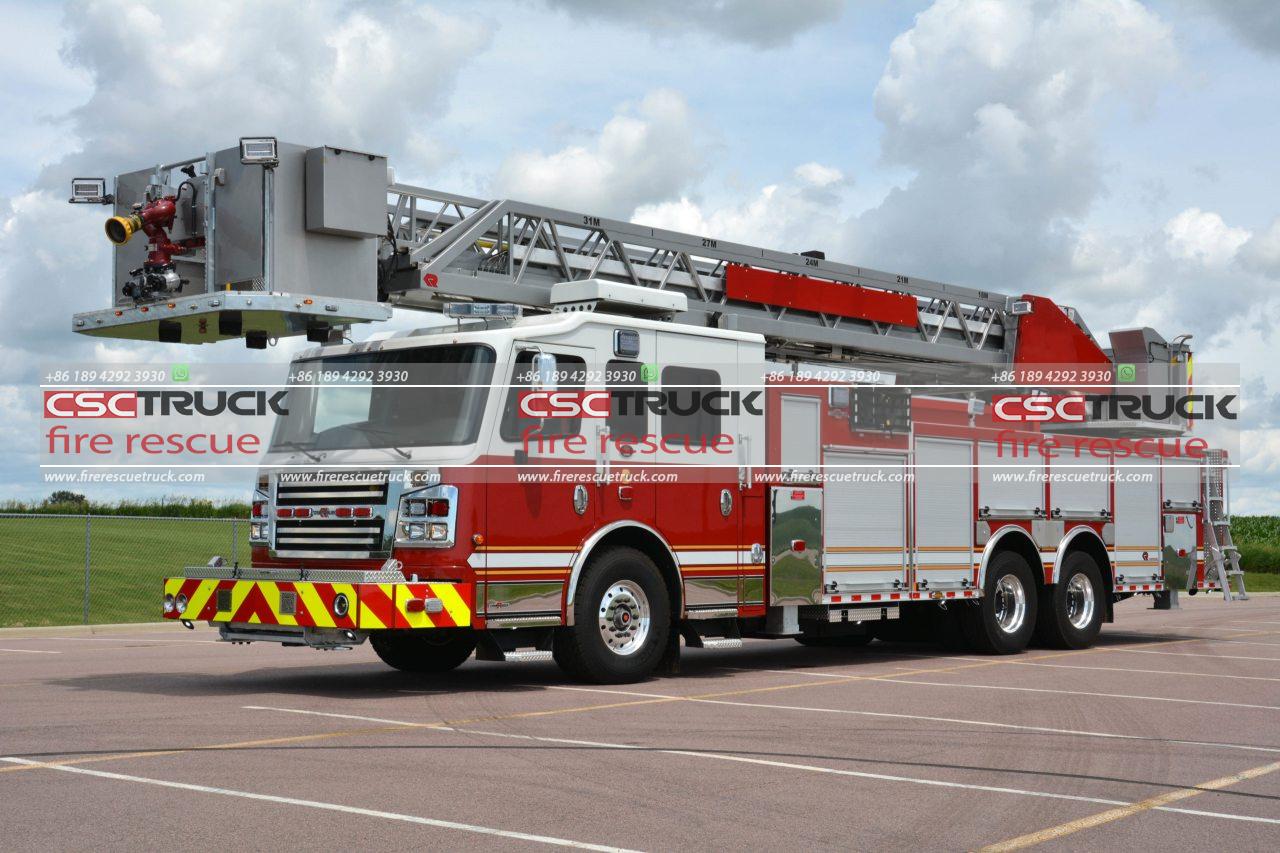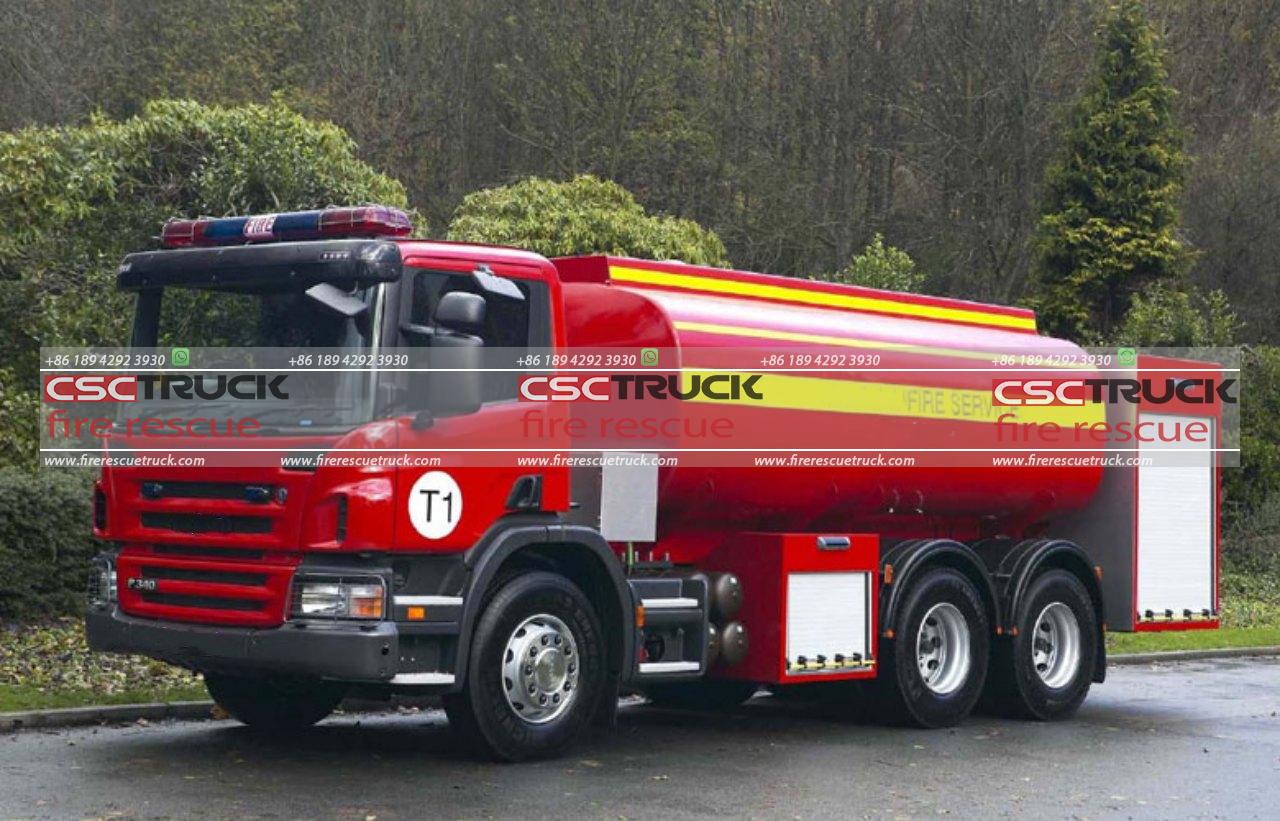How Heavy is a Fire Truck with Water?
Fire trucks are vital emergency vehicles that transport firefighters, equipment, and water to fire scenes, where they often carry tons of water to ensure a reliable water source if hydrants aren’t available or accessible. But how much does a fire truck weigh, especially when it’s fully loaded with water? In this article, we’ll examine what goes into determining the weight of a fire truck, from its base structure to its water tank capacity and additional equipment.
The Basics of Fire Truck Weight
Fire trucks are generally classified as heavy-duty vehicles, with weights that can vary significantly depending on their type and purpose. These emergency vehicles are designed with specific tasks in mind, from transporting water and hoses to carrying specialized equipment for rescues or hazardous material responses. The weight of a fire truck primarily comes from three main components:
1. The chassis and body: The structural foundation of the truck, including the cab, frame, and body, contributes substantially to the vehicle’s weight.
2. Water tank: Fire trucks can carry large quantities of water in onboard tanks, with capacities that vary from hundreds to thousands of gallons.
3. Equipment and tools: Firefighting tools, hoses, ladders, and additional safety gear add considerable weight.
Each of these factors can vary based on the type and size of the fire truck, ultimately determining how heavy the truck will be when it’s fully loaded.
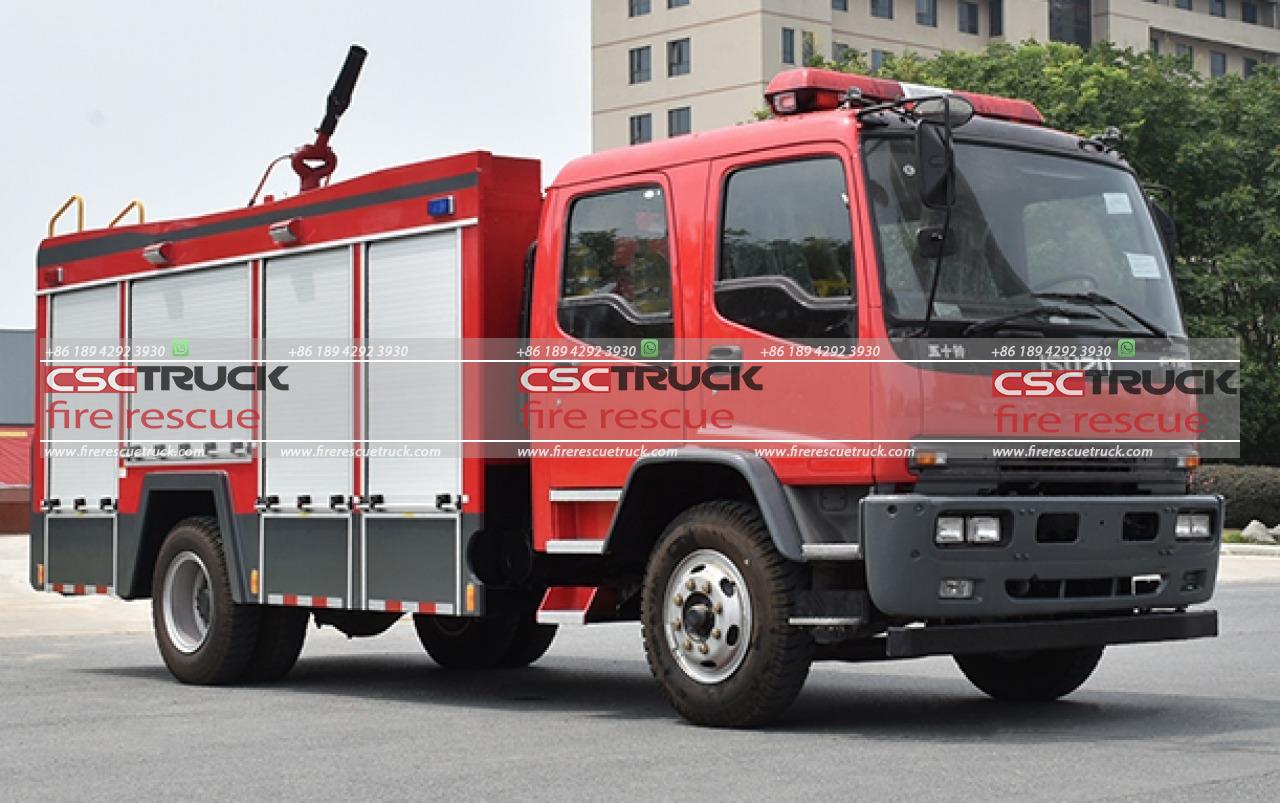
Different Types of Fire Trucks and Their Weights
Fire trucks come in several types, each with unique characteristics, purposes, and weight profiles. Here are a few common types:
1. Pumper Trucks
Pumper trucks, also called engine trucks, are among the most common types of fire trucks. They are designed primarily for fighting fires and transporting water, hoses, and pumps. A typical pumper truck weighs between 19,000 and 30,000 pounds when empty, but when fully loaded with water and equipment, it can weigh up to 40,000 pounds.
– Water Capacity: Pumper trucks often carry around 500 to 1,500 gallons of water. Since one gallon of water weighs approximately 8.34 pounds, carrying 1,000 gallons adds roughly 8,340 pounds to the truck’s weight.
– Total Weight with Water: If a pumper truck carries 1,000 gallons of water, the weight could reach 35,000 to 40,000 pounds when loaded with water and equipment.
2. Ladder Trucks
Ladder trucks are equipped with long, extendable ladders, which help firefighters reach high areas in buildings or perform rescues from elevated positions. These trucks are heavier than pumper trucks due to the size and weight of the ladder, which can extend up to 100 feet or more.
– Water Capacity: Ladder trucks typically carry less water than pumper trucks, usually around 300 to 500 gallons, to focus more on rescue operations. At 8.34 pounds per gallon, this adds approximately 2,500 to 4,200 pounds.
– Total Weight with Water: When loaded with water and rescue equipment, ladder trucks can weigh between 50,000 and 60,000 pounds.
3. Tanker Trucks (Water Tenders)
Tanker trucks, also known as water tenders, are built to carry large quantities of water to areas without easy access to fire hydrants. They are designed primarily for transporting water, with minimal firefighting equipment.
– Water Capacity: Tanker trucks can carry anywhere from 1,500 to 4,000 gallons of water. The largest tenders may carry up to 5,000 gallons, adding around 41,700 pounds to the truck’s weight if fully loaded.
– Total Weight with Water: A fully loaded tanker truck can weigh over 75,000 pounds. For trucks carrying 5,000 gallons, the weight can exceed 80,000 pounds, making them one of the heaviest types of fire apparatus.
4. Specialized Trucks
Certain trucks are designed for specific rescue operations, hazardous material containment, or even wildland fire suppression. The weight of these vehicles varies depending on their function, but they tend to be in the same range as pumper or ladder trucks, typically weighing between 25,000 and 55,000 pounds when loaded with water and equipment.
How the Weight of Water Impacts Fire Truck Operation
Water significantly impacts a fire truck’s weight, which can affect its maneuverability, fuel consumption, and handling. Let’s break down these factors:
1. Increased Load on Axles and Tires
Fire trucks are designed with heavy-duty axles and tires to bear the additional weight of water and equipment. For example, a 1,500-gallon water tank would add 12,500 pounds to the truck’s overall weight. Axle ratings and tire capacities must account for this added weight to ensure safe operation.
2. Acceleration and Braking
A fully loaded fire truck with thousands of gallons of water requires significantly more time to accelerate and a longer distance to come to a full stop. Drivers are trained to operate these vehicles carefully, especially when approaching intersections or navigating through traffic. The added weight of water increases stopping distances, which can be critical in emergency response situations.
3. Fuel Efficiency
Fire trucks are notorious for their low fuel efficiency, primarily because of their heavy weight. When carrying thousands of pounds of water, fuel consumption rises considerably, making these vehicles costly to operate. Most fire trucks get less than five miles per gallon due to their weight, engine power, and onboard equipment.
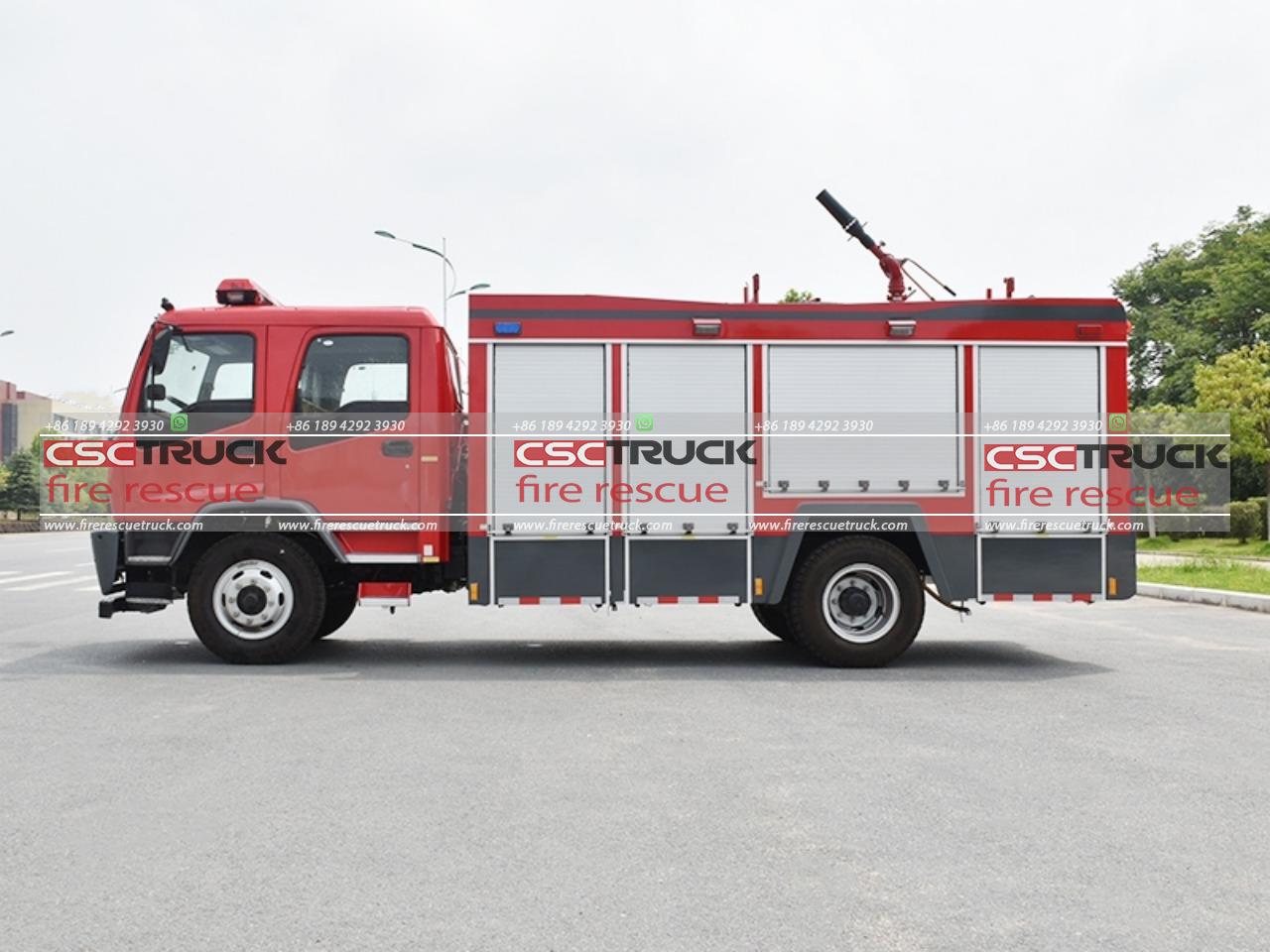
Engineering Solutions for Handling Heavy Loads
Designing fire trucks that can handle the heavy load of water while remaining agile and safe is an engineering challenge. Some of the engineering solutions include:
1. Heavy-Duty Suspension and Reinforced Frames
The suspension systems of fire trucks are designed to handle uneven weight distribution due to water sloshing in the tank while the vehicle is in motion. Reinforced frames prevent flexing and structural damage under these massive loads.
2. High-Performance Braking Systems
Fire trucks are equipped with high-performance braking systems, often air brakes, to manage the added weight. Advanced brake systems are critical, as stopping a 60,000-pound truck loaded with water and equipment requires much more braking power than a typical passenger vehicle.
3. Water Tanks with Baffles
Fire truck water tanks are typically fitted with baffles—internal barriers that reduce the movement of water within the tank. This design minimizes the impact of water sloshing, which can destabilize the vehicle and make it difficult to control, especially when turning or stopping.
Factors Affecting Water Tank Capacity Choices
Fire departments decide on the size of the water tank based on several factors, including community needs, terrain, and proximity to water sources:
– Urban vs. Rural Areas: In urban areas, fire trucks might carry smaller water tanks, as hydrants are readily available. In rural areas, however, where hydrants may be sparse, tanker trucks with larger water capacities are essential.
– Terrain and Accessibility: Fire trucks designed for wildland firefighting may have smaller water tanks to maintain maneuverability over rugged terrain.
– Department Budget and Infrastructure: The cost of a larger tanker is significantly higher due to the increased weight and design requirements, which is an important consideration for fire departments when deciding on the type and size of their trucks.
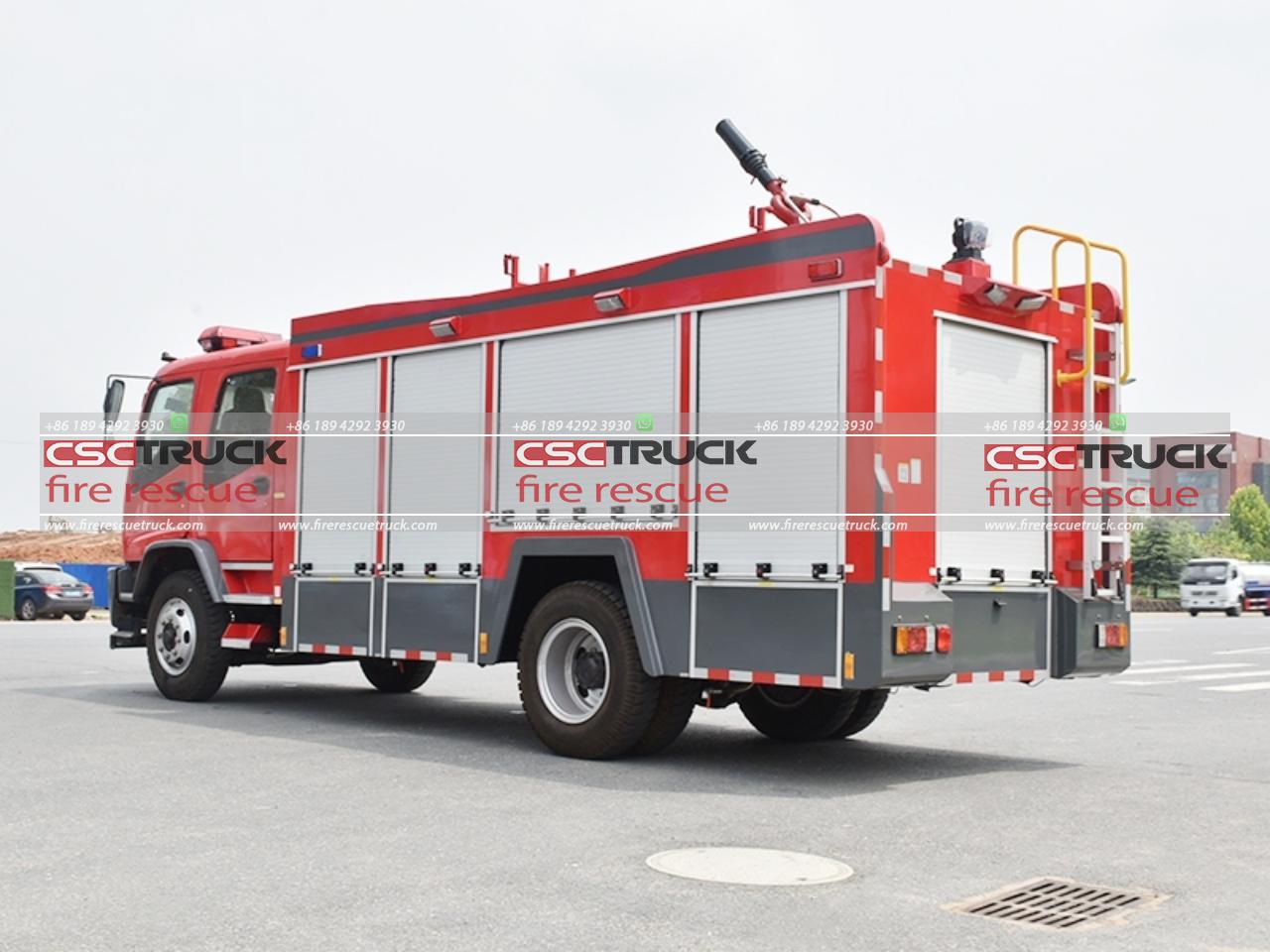
Conclusion: Why Fire Truck Weight Matters
Fire trucks are massive, complex vehicles engineered to carry everything needed for firefighting and rescue operations. When considering the weight of a fire truck, it’s essential to factor in both the water and equipment it carries, as these components directly affect the truck’s performance, safety, and maneuverability. A pumper truck might weigh up to 40,000 pounds with a full tank, while tanker trucks can easily surpass 80,000 pounds when carrying thousands of gallons of water.
The weight of a fully loaded fire truck is a testament to the vehicle’s critical role in providing water, tools, and firefighters to emergency scenes. Fire departments rely on these powerful machines to operate safely and effectively under extreme conditions, ensuring they are equipped to tackle fires wherever they may arise. Understanding the weight of a fire truck helps us appreciate the engineering, training, and resources that go into making these life-saving vehicles reliable and efficient in times of crisis.


